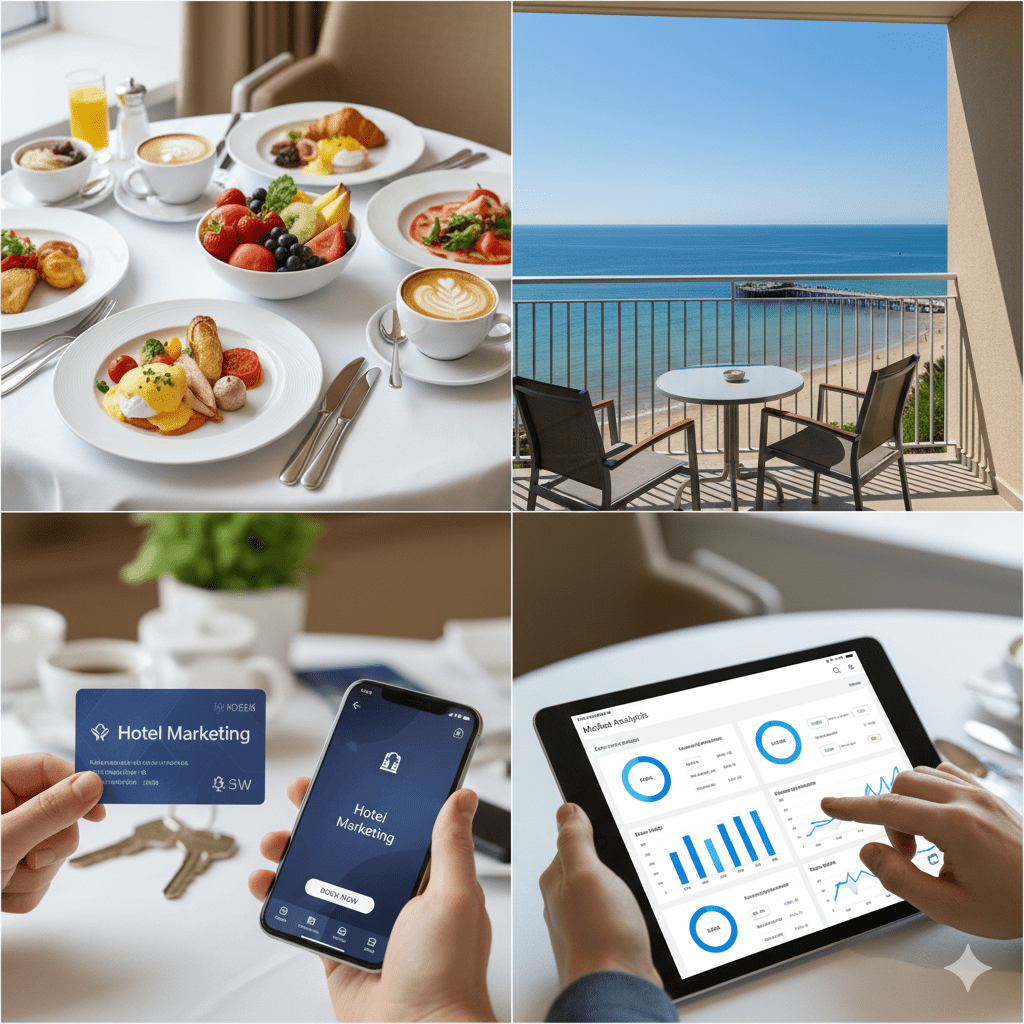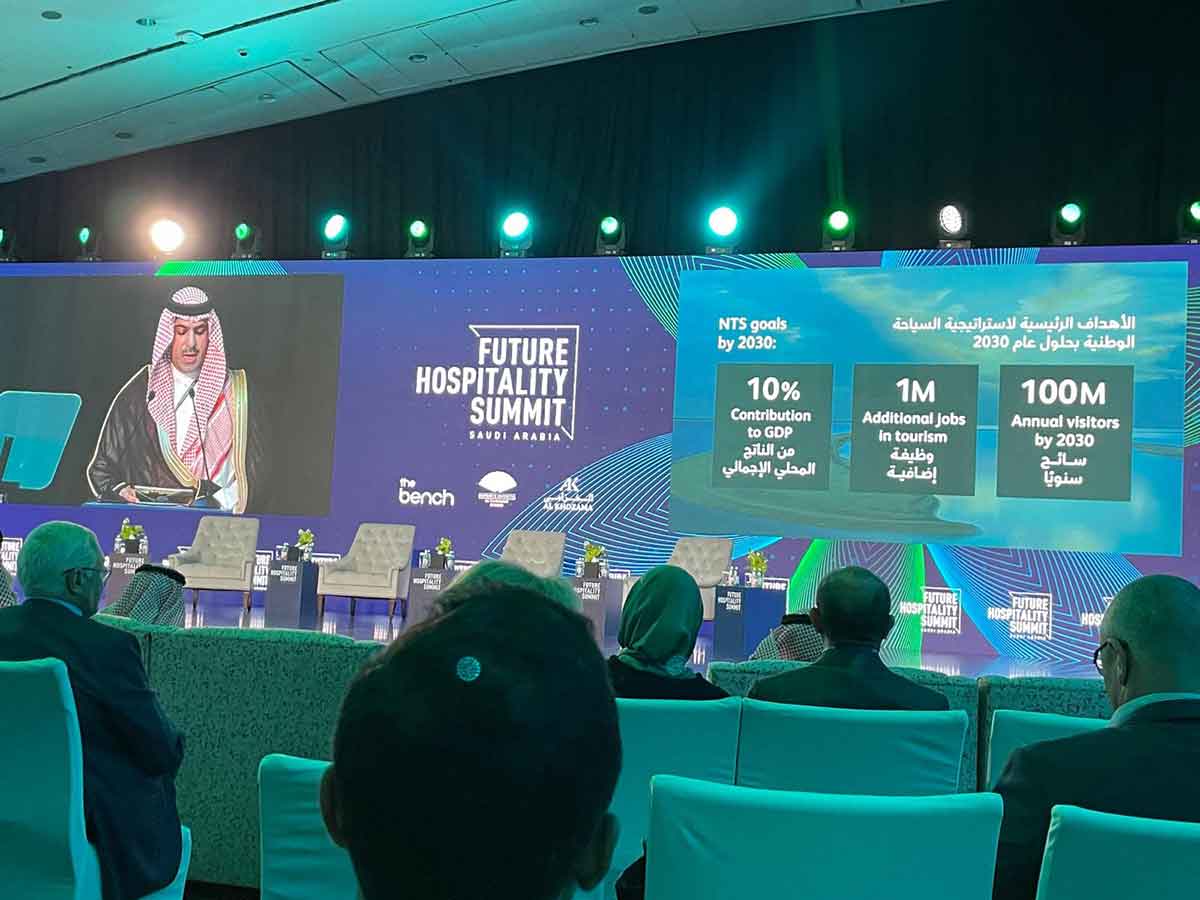HSP interviewed on Branded Residences

Since the first edition was published in 2016, it has become established as an industry “go to” report. With 56-pages featuring expert insights, opinion and latest data from industry leaders across the globe, the new 3rd edition presents the most comprehensive study of this thriving sector.
Download the report for free at www.gagms.com
Mirroring the expansion of global wealth that has multiplied the number of HNWIs since the millennium, the growth of branded residences has been remarkable, not only in terms of quantity but also locations and brands:
- Between 2002-2012 the number of hotel brands increased tenfold.
- The branded residences sector has grown nearly threefold (198%) in the last decade.
- In only 2 years (2015-17) between publication of the 1st and 2nd editions of this report, the number of hotel brands increased by 27% and is forecast to grow by a further 27% in the next three years.
This astonishing growth over the past two decades has been driven by wide-ranging and proven benefits for developers, brands/operators and purchasers – described as an unusual “win-win-win” scenario – which are examined in the report.
“Branding real estate creates an aspirational model that reflects the prestige and kudos associated with that brand, facilitating stand-out in an increasingly competitive and crowded marketplace in which consumer expectations continually rise,” explains the report’s author Chris Graham. “However, with so many brands from an ever-widening spectrum of sectors now participating, differentiation, relevance and effective positioning are crucial.”
To illustrate this point, the report highlights how market participants have expanded beyond traditional hotel brands, now spanning a wide variety of sectors and predicted to broaden even further:
- Automotive: Examples include Aston Martin Residences, Porsche Design Tower, Bugatti Villas and Tonino Lamborghini Residences.
- Interior designers: A sizeable (and expanding) list, stars include YOO, Yabu Pushelberg, Hirsch Bedner, Pierre Yves Rochon and United Designers.
- “Starchitects”: Having a prominent architectural practice like WATG, HKS, Foster + Partners or Gensler involved certainly adds value and prestige to a project.
- Fashion and jewellery: High-end consumer brands including Bvlgari, Versace, Missoni, Fendi, Baccarat, Ferre, Moschino and Armani have licensed their names and design flair.
- Restaurants, such as Nobu and Hard Rock.
- Media / entertainment companies including Paramount, Walt Disney and Fashion TV, and publisher Condé Nast recently announced that it is entering the market with branded residences linked to its high-end titles.
“As the branded model progressively becomes the norm rather than the exception in many destinations,” comments Graham, “it is crucial to ensure that today’s buyer understands how one brand will benefit his or her lifestyle and investment ambitions over another – not least to justify the price premium which, on average, adds around one-third over comparable unbranded units.”
Many experts agree. “In an increasingly congested market, the winning brands will be those that can seamlessly manage the residential experience for both the developer and the downstream homeowner,” observes Muriel Muirden, Managing Director of Strategy at WATG. “To stand out from the crowd, brand differentiation tactics and strategies will need to be employed that have strong buyer resonance. We see this as the most vital challenge for the sector going forward.
Katrina highlights the key emerging markets of North Africa and Saudi Arabia in her interview, and offers her views on the importance of operators choosing the right brand partner, cautioning where this can go wrong.
The report also predicts some interesting industry trends, including:
- Eco-friendly and sustainability credentials will feature prominently, with more examples of developers ‘walking the walk’ and not just talking it.
- Live/Work/Play environments in modern and vibrant settings, designed around communal spaces that encourage greater interaction between like-minded residents.
- A focus on wellness is expected to gather even greater momentum.
- Cutting-edge technology to enhance residents’ comfort and convenience, extending well beyond basic voice activated ‘Smart Homes’. (“Might we one day see tech-branded residences – the ultimate smart homes – such as Apple iHomes?” asks Graham).
- Branded ‘retirement’ communities – lifestyle villages for Baby Boomers and GenX segments, many of whom remain highly active.
“It is evident that the branded residences juggernaut is unlikely to slow down anytime soon,” concludes Chris Graham. “There is considerable capacity for ongoing global expansion into new and exciting locations, and I expect to see further broadening in the range of brands as well as the emergence of lower star-rated offerings.”










Follow